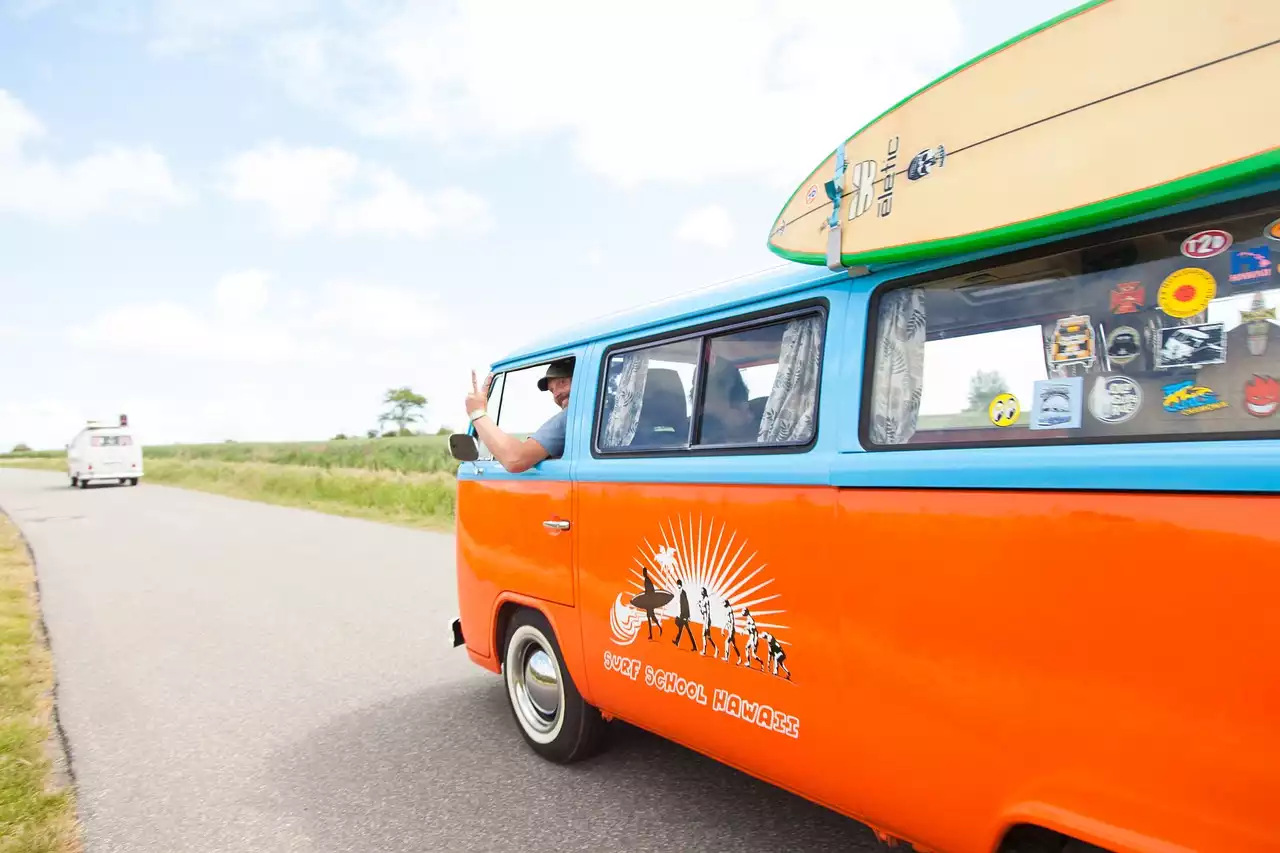The Ancient Hawaiian Olo Board
The ancient Hawaiian olo board, Hawaiian for “tube,” is a shallow, narrow board that is about two feet long and four inches wide. This board was an important part of Hawaiian culture and sport, but it was not developed for surfing. Instead, it was a board used for fishing, paddling, and transportation. The ancient Hawaiian olo board evolved over thousands of years, and there is no way to know the exact design of this original olo board, but there are some similarities between the olo boards of the Hawaiian people and the olo boards of other Polynesian cultures.
O’lo Hui Nala: Tyler Fox rides an enormous olo board shaped by Bob Pearson
The first olo boards were likely made from the trunk of a tree and were used for transportation, fishing, and other activities. While the Hawaiian people used olo boards for many years, it was not until the 18th century that the use of the board expanded to include sports. The sport of surfing, which was not a part of Hawaiian culture until the early 19th century, was popular among British soldiers stationed in the Hawaiian Islands.
The Polynesian olo boards were not designed with surfing in mind. Polynesian olo boards were not long and narrow and could not be used to ride waves. Instead, olo boards were used for fishing and other activities and varied in length depending on the activity. The Polynesian olo boards were made from wood, which could be found in abundance along the shores of the islands.
The Kahanamoku Brothers
The Kahanamoku brothers were all born on the Hawaiian island of Oahu and were three of the most influential surfers of the late 19th century. Duke Kahanamoku was the first to discover the sport of surfing and was the first to ride a board, inventing the first surfboard in the process. Edward Kahanamoku was the next surfer to ride a board and was the first to invent a wooden surfboard. Alfred Kahanamoku was the last brother to discover surfing. The Kahanamoku brothers were renowned for their athleticism and were all surfers at a young age. Duke Kahanamoku was the first to invent the surfboard, inventing the first surfboard after he rode a makeshift board while in Hawaii.
Duke Kahanamoku is the Father of Surfing
Tom Blake
Tom Blake was a woodworker from Honolulu with an affinity for surfing. Blake was an avid surfer and created a variety of surfing equipment and surfboards throughout his lifetime. Blake was an expert carpenter and was known for his work at the famous Waikiki Beach Hotel and other famous buildings. Blake was also an avid painter and created the famous Hawaiian art known as “Pahu.” Pahu is a form of Hawaiian calligraphy that continues to be passed down from generation to generation through Hawaiian families. Blake was also an important part of the surfing community and a respected member of the surfing community for helping to improve the surfing equipment.
How the Surfboard Was Improved Upon
As surfing grew in popularity, people began to realize how versatile the board could be outside of the ocean. Surfers began to experiment with boards outside of the ocean and some of the first attempts to use a surfboard outside of the ocean were in lakes and rivers. The first person to ride a surfboard in a body of water was likely Duke Kahanamoku, who was a successful surfer out at Waikiki Beach. Duke Kahanamoku and a few other surfers were seen riding what was likely a makeshift board in the surf. Likely, these surfers were first experimenting with the boards outside of the ocean, although it is not likely that they were riding them in an actual river. Even though it was not a common practice, the surfers were likely riding an improved design of the surfboard.
The Impact of the Surfboard
The impact of the surfboard is that it allowed people to explore the waters in ways that would not have been possible otherwise. Before the invention of the surfboard, the only way to explore the waves was by walking or swimming to the shore and waiting for the waves to come in. With the surfboard, people could explore the ocean and find new places to explore, get the closest look at the wildlife that would have otherwise been obscured, and explore the depths of the ocean that would have been inaccessible by walking or swimming.
The Evolution of the Surfboard
The evolution of the surfboard has led to many advancements in board design and the sport of surfing itself. The first advancement was in the shape of the board. While the ancient Hawaiian olo board was moderately tapered and narrow, modern surfboards are long and wide, allowing for more stability and control on the board. The second advancement was in the design of the fins that were attached to the board. Initially, surfers rode with two fins on the board; however, the fins were ineffective and were replaced by three fins. The fins were placed on the tail of the board, which allowed for more control as the rider paddled in the water. The fins were also a source of controversy and were originally banned from competition. The fins were banned in competition because the fins were likely responsible for creating dangerous waves and were a safety concern. The fins were finally banned in competitive surfing because they were too effective and caused too many dangerous waves.








.png?size=50)

